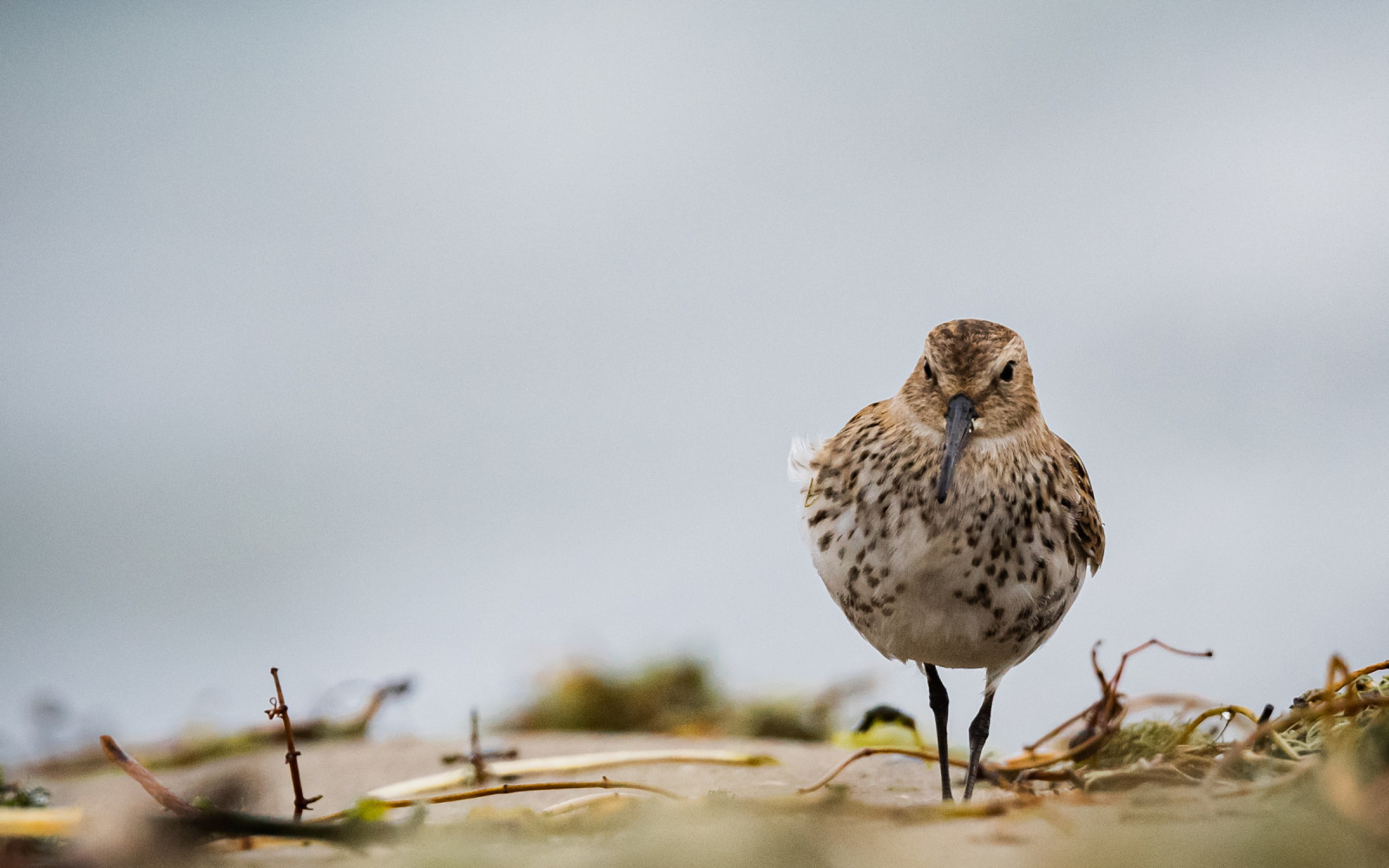Description
The Excenevex beach (1) is one of the few larger sandy beaches of the Lake Geneva and therefore of special interest for waders, shorebirds, and waterfowl, especially from the end of August through to mid-May.
The most common wader is Havasi partfutó, but Réti cankó, Füstös cankó, Kis lile, Parti lile, billegetőcankó, Szürke cankó, Piroslábú cankó, Apró partfutó, and also rarer waders like Sarki partfutó, Ezüstlile, Fenyérfutó, Széki lile, Nagy goda, and especially kőforgató are sometimes observed. The best chances for most waders are in April and May, whereas the Havasi partfutó is most abundant in September-October, and the kőforgató is most likely to be observed during winter. The beach is freely accessible, and as some of the waders are not shy - especially the first-years in autumn - and approach patient observers on their own, excellent observations can be made.
The beach also offers a good opportunity to search a big part of the lake with a scope. The Küszvágó csér is present from late April to September. Szerecsensirály, Jégmadár, and Bütykös ásólúd, which are present year-round, can be seen. In April and May, chances are best for observing heringsirály and, with luck, Kenti csér and Lócsér. From late summer to autumn, rare guests like laposcsőrű víztaposó, Ékfarkú halfarkas, Nyílfarkú halfarkas, and szélesfarkú halfarkas can be seen with a scope and lots of luck.
From autumn to winter, interesting waterfowl stays in the bay, like Nyílfarkú réce, Fütyülő réce, Kerceréce, Kanalas réce, and - again, with luck - Hegyi réce, Örvös bukó, Fekete réce, Füstös réce, Sarki búvár, Északi búvár, Jeges búvár, and Vörösnyakú vöcsök. Especially the divers are present through to April.
You might also come across a Rétisas, but most likely it will have been raised in captivity: The station of the reintroduction programme „Les Aigles du Leman“ is situated close by.
Near the beach, in Sciez, a small wetland can be visited (2). It is most interesting during spring migration. Guvat, Fülemüle, Tövisszúró gébics, Sárgarigó, Vadgerle, and Fekete harkály are breeding here, Sárszalonka, Réti pityer, and Kékes rétihéja are sometimes present in winter.
Rarities found at the Excenevex beach include csüllő, vékonycsőrű sirály, Örvös légykapó, Kacagócsér, Dolmányos sirály, one Nagy halfarkas in 1999 and even one Szula in 2003.
Details
Access
Excenevex beach is located on the south bank of Lake Geneva. There is a public parking close by the beach (click on the P in the map). Public transport is unfortunately scarce. There is a hourly bus connecting Yvoire and Thonon that stops close by; leave at La Pinède.
The paths are easily accessible, and the beach is usually empty in the winter, spring and late autumn, except for a few dogwalkers.
Terrain and Habitat
Lake , Beach , Scattered trees and bushes , WetlandConditions
Flat , SandyCircular trail
NoIs a telescope useful?
YesGood birding season
Spring , Autumn , WinterBest time to visit
Spring migration , Autumn migrationRoute
Wide pathDifficulty walking trail
EasyAccessible by
Foot , BicycleBirdwatching hide / platform
NoExtra info
If possible, choose a day that is not too windy, as it can be difficult to search the waters of the lake when there are many waves.
Links
- Excellent description (in French) by Bastien Guibert
- E-Bird Barchart for (1)
- E-Bird Barchart for (2)
- Description of (2) (in French)

